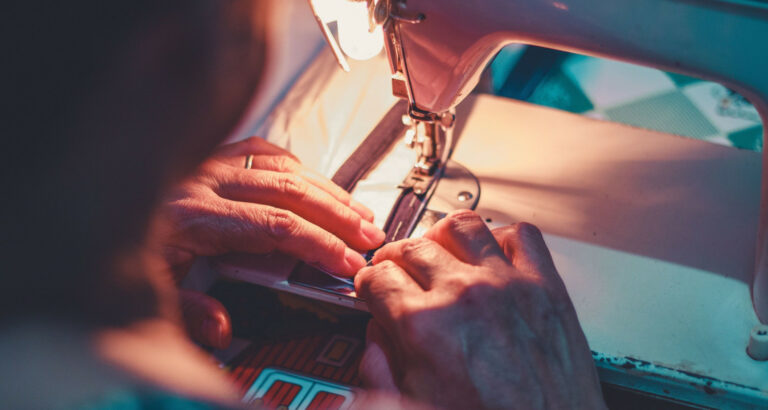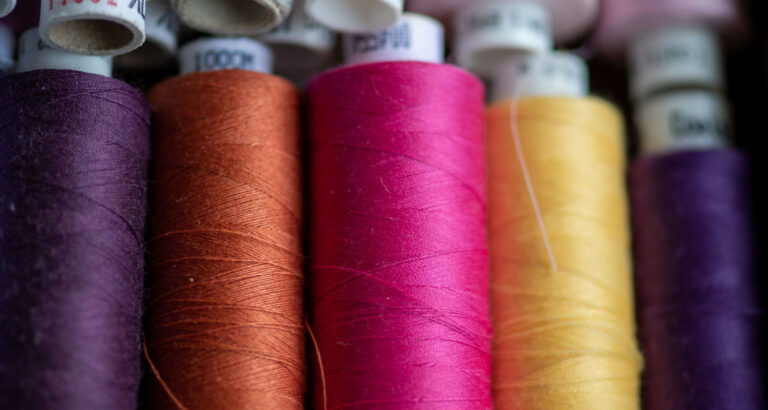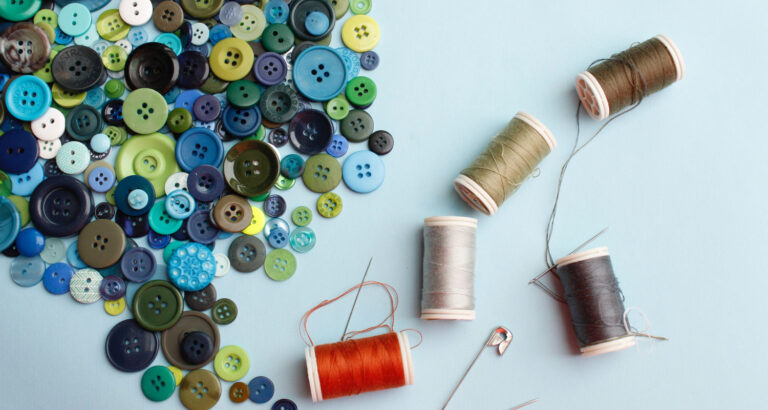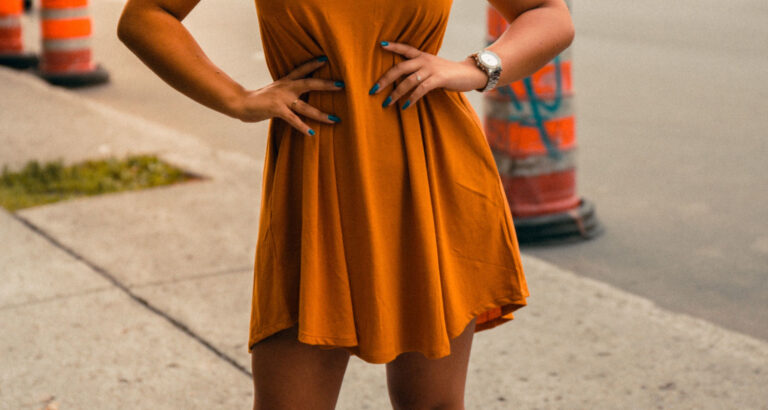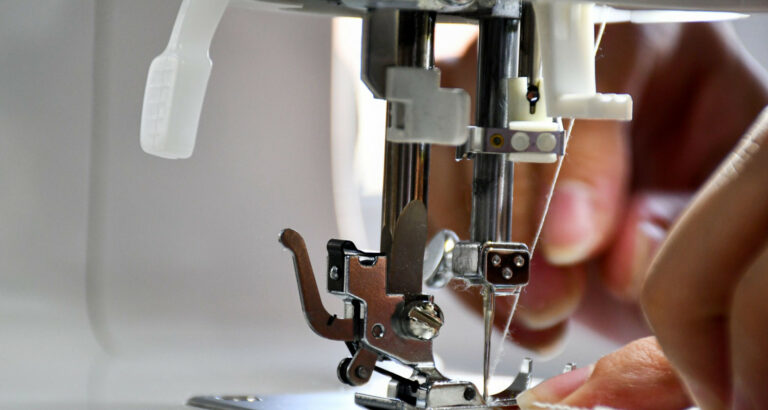Batting is a fundamental element in sewing, yet its importance and variety are often overlooked. This comprehensive guide explores what batting in sewing is, its numerous applications, and the different types available. Whether you’re a beginner or a seasoned sewing enthusiast, understanding batting is essential for successful projects.
Batting in sewing is a soft, cushion-like material inserted between layers of fabric to provide structure, insulation, and texture to various projects. It is commonly used in quilting to enhance warmth and loft but finds applications in crafts, upholstery, and more, depending on the desired effect.
Reading this article on “What is Batting in Sewing” is essential for anyone interested in sewing. It provides a comprehensive understanding of batting’s diverse applications and types, offering valuable insights for beginners and experienced sewers. Whether you quilt, craft, or sew, this knowledge is indispensable for practicality or aesthetics.
See Also: What are the Different Types of Quilting Fabric?
What is batting in sewing: Grasping Batting Phrasing
Regarding stitching, batting is essential in deciding your completed venture’s look, feel, and strength. Seeing some key batting terminology is fundamental to exploring the universe of sewing with certainty. This article will investigate four significant terms connected with batting: Space, Wrap, Needle-punched, and Scrim. You can also Check out How to Quilt on a Regular Sewing Machine.
Space: Making sense of the Thickness of the Batting
Space alludes to the thickness or level of the batting. It is essential to consider when choosing batting for your sewing project. Batting comes in different space choices, going from low to high. 
- Low Space: Batting with insufficient space is slender and gives insignificant puffiness to your blanket. It is excellent for projects where you need a compliment appearance or intend to do complicated stitching plans.
- Medium Space: Medium space batting offers a moderate measure of thickness. It finds harmony between adding an aspect to your blanket without making it excessively cumbersome. This sort of batting is reasonable for a wide variety of sewing projects.
- High Space: High space batting is thick and gives significant puffiness to your blanket.
The decision of space relies upon your knitting undertaking’s objectives and inclinations. Remember that space can likewise influence the glow of the blanket, with high space batting giving more protection. You can also Check out how to Make Your Own Sewing Patterns
Wrap: What Batting Means for the Hang of the Blanket
Wrap alludes to how a blanket hangs or curtains when it is done. The kind and weight of the batting utilized can impact the blanket wrap. Thinking about the wrap is fundamental, particularly assuming you mean to make quilts for brightening purposes or apparel. 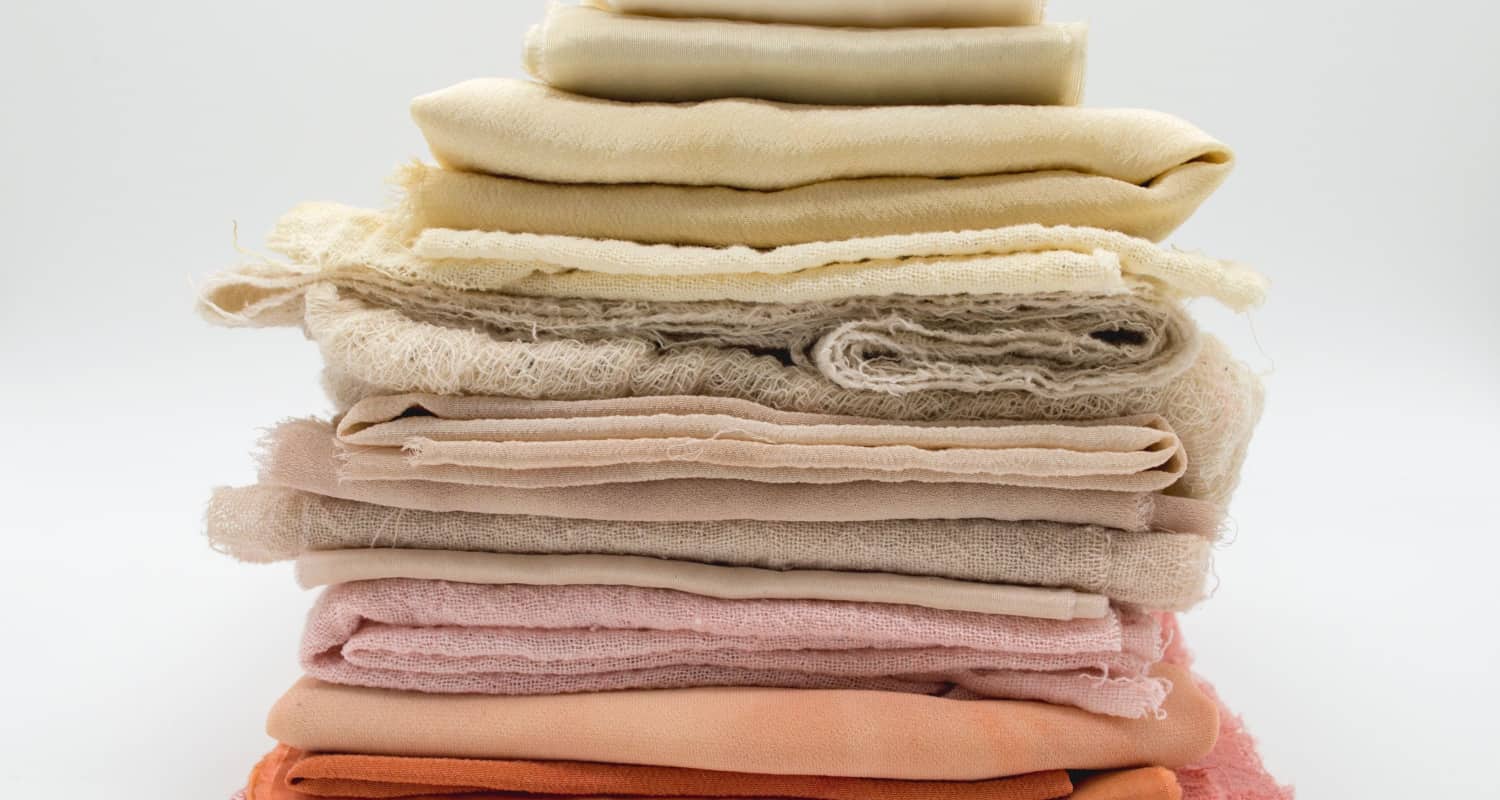
- Delicate Wrap: Batting with a delicate wrap makes a blanket that streams and window hangings effortlessly. This is attractive for blankets utilized as tosses or clothing like coats or vests, where you need an agreeable, adaptable feel.
- Solid Wrap: Batting with a firm wrap gives your blanket more design and less adaptability. In many cases, it is utilized in wall decorations and artistry blankets to assist them with keeping up with their shape and structure.
The decision to batter for wrap should align with your venture’s planned use and plan. Delicate wrap batting is more appropriate for comfortable and practical blankets, while solid wrap batting is more qualified for blankets intended to be shown as artistry.
See Also: What Is A Nap In Sewing? Understanding Sewing Terminology
Needle-punched: The Method involved with Felting Filaments Utilizing Needles
Needle-punched batting is a batting made through an interaction known as needle felting. During needle-punching, layers of filaments, frequently polyester or cotton, are precisely trapped utilizing spiked needles. These needles have little points that catch and tie the filaments together, making a thick, stable batting. 
Needle-punched batting offers a few benefits:
- Solidness: Even after washing, moving, or bundling inside the blanket is doubtful.
- Steadiness: The needle-punched process makes a uniform batting that is not difficult to work with and gives predictable outcomes.
- Knitting Simplicity: Sewing lines infiltrate needle-punched batting without a hitch, making it a decent decision for both hand and machine stitching.
Needle-punched batting comes in different lofts and can be utilized for various stitching projects.
Scrim: The Stabilizer Layered onto the Batting
Scrim is a flimsy layer of woven or non-woven material sometimes added to batting during creation. Its primary role is to settle the batting and hold the strands set up. Batting with scrim is frequently alluded to as “scrimmed batting.”
The presence of a scrim offers a few advantages:
- Strength: Scrim keeps the batting from extending, moving, or tearing during the sewing system.
- Knitting Straightforwardness: Scrim gives a firm surface to sewing, making it simpler to make even fastens.
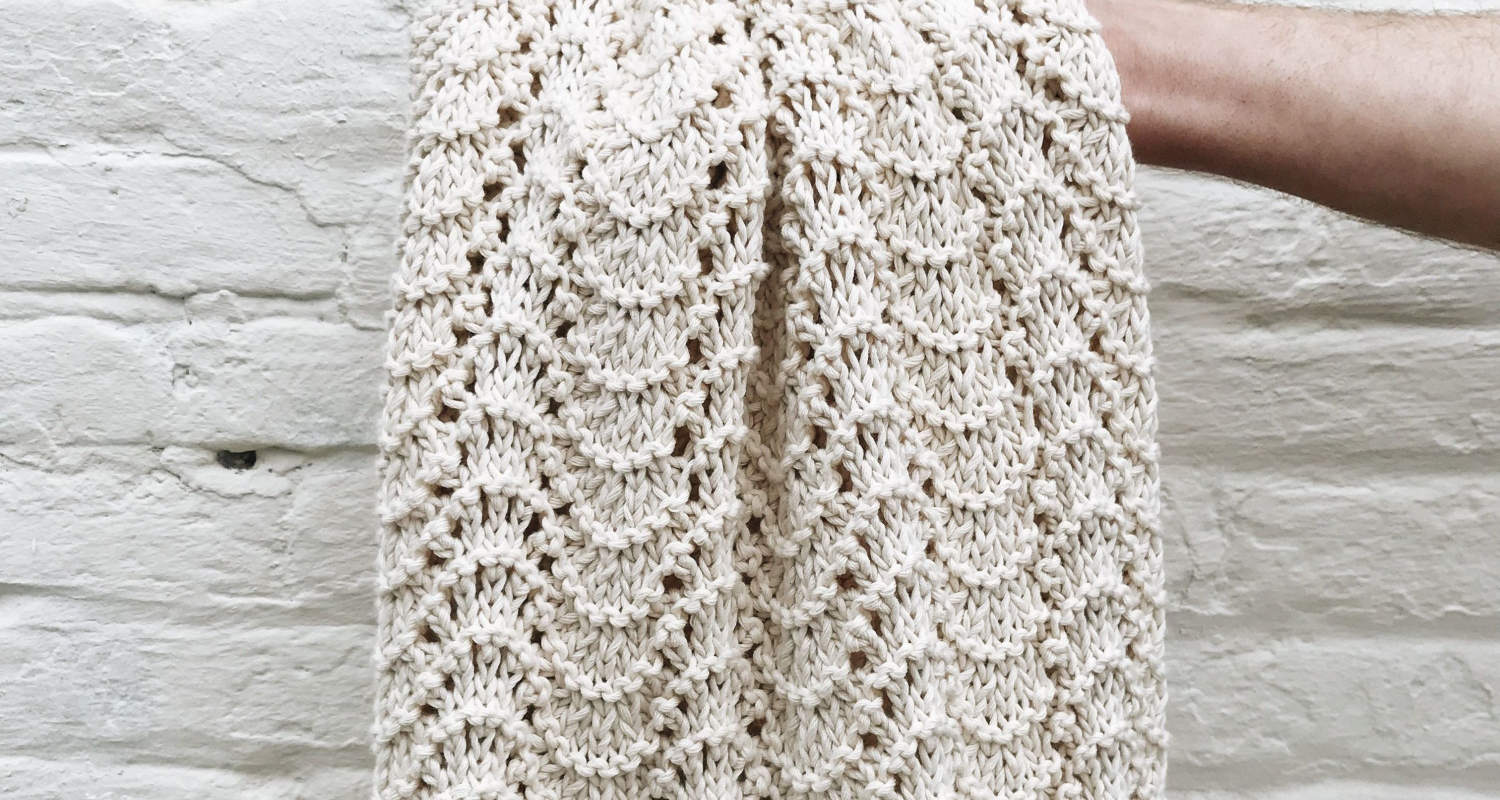
Notwithstanding, some quilters favor batting without scrim, particularly when they need a gentler, more customary feel to their blankets. The decision between scrimmed and non-scrimmed batting relies on your task’s prerequisites and inclinations.
Understanding batting phrasing is fundamental for quilters, as it lets you make informed decisions about the materials that best suit your tasks. Space, wrap, needle-punched, and scrim are only some vital terms to get to know as you set out on your stitching process. This information lets you choose the right blanket batting and accomplish the ideal look and feel in your completed manifestations.
Sorts of Batting and Their Purposes
Batting, the delicate layer between the blanket top and sponsorship, is essential to stitching projects. The kind of batting you pick can incredibly impact your blanket’s appearance, surface, and sturdiness. In this extensive aid, we’ll investigate different sorts of batting and their best purposes.
Cotton Batting:
Cotton batting is a famous decision among quilters, known for its everyday feel and flexibility. 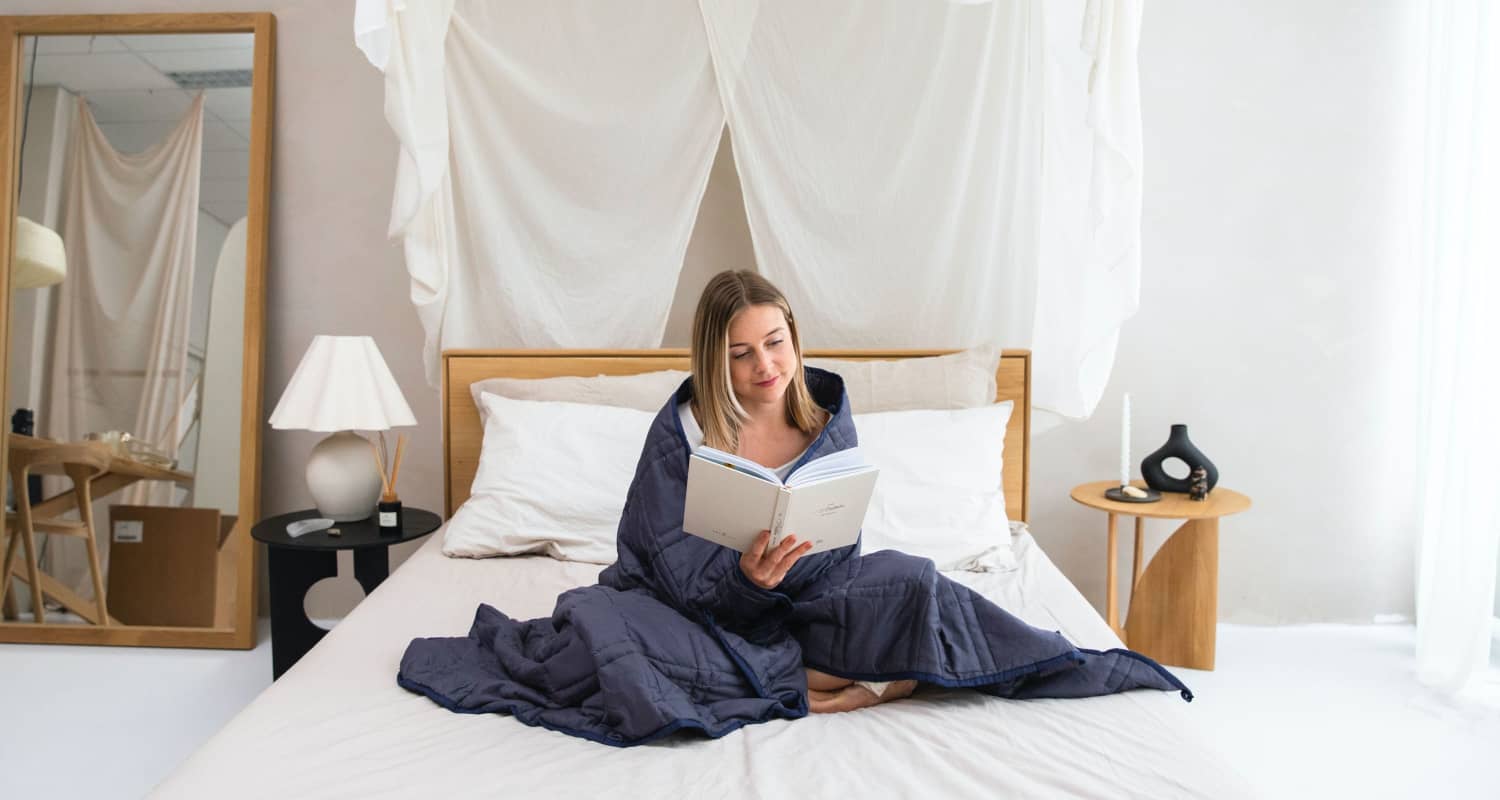
Attributes and Advantages:
- Delicate and Drapey: Cotton batting gives quilts a delicate, drapey feel, making it ideal for projects needing a conventional work of art appearance.
- Sewing Straightforwardness: It is easy to knit through cotton batting, whether you favor hand or machine stitching.
- Breathability: Cotton is breathable, directing temperature, making it reasonable for warm and cool environments.
- One-of-a-kind Tasteful: Cotton batting grants a rare hope to quilts, making it ideal for classical blanket propagations or tasks with a nostalgic vibe.
Polyester Batting:
Polyester batting will, in general, have a higher space than cotton, giving stitches a soft and puffy appearance. 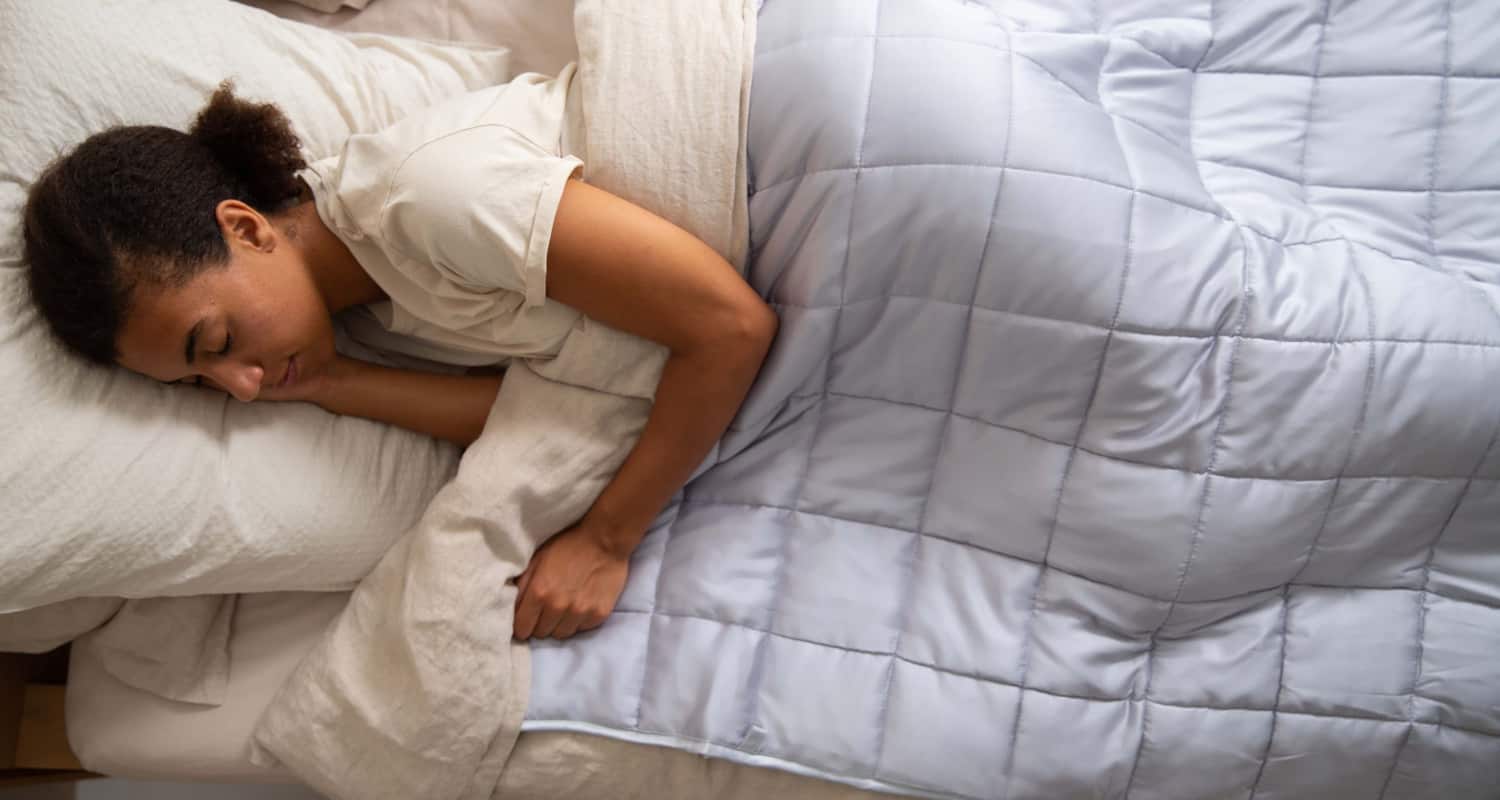 This space is great for accomplishing a more contemporary or “poofy” search in your blankets.
This space is great for accomplishing a more contemporary or “poofy” search in your blankets.
What is batting in sewing: Advantages and Downsides:
Take a look.
- Lightweight: Polyester batting is lightweight and useful for blankets implied for hotter climates.
- Non-allergenic: It is hypoallergenic, making it appropriate for those with sensitivities.
- Insignificant Shrinkage: Polyester batting has negligible shrinkage, so pre-washing is unnecessary.
- Speedy Drying: Blankets with polyester batting dry rapidly, making them advantageous for regular use.
- Less Breathable: Polyester batting is less breathable than regular filaments, which may not be great for sweltering and sticky environments.
- Less Customary Tasteful: The grand appearance of polyester batting may not suit conventional blanket plans.
Cotton Mixes:
Cotton mix batting consolidates regular and manufactured strands to offer both advantages.
Organization and Advantages: Cotton mix batting regularly comprises a mix of cotton and polyester or other manufactured strands. This mix furnishes the delicate quality of cotton with the space and speedy drying properties of polyester.
Correlation with 100 percent Cotton:
- Cotton mix batting holds some 100 percent cotton batting qualities, like non-abrasiveness and breathability.

- It offers added space and diminished shrinkage contrasted with unadulterated cotton batting.
- Blankets made with cotton mixes might have a marginally unique surface and appearance than those made with 100 percent cotton or polyester batting.
Cotton mix batting is a flexible choice for different sewing projects, from conventional bed blankets to present-day inside decorations.
See Also: How to Shorten a Dress Without Sewing: Quick & Easy Guide
Fleece Batting:
Fleece batting is valued for its glow and weight. 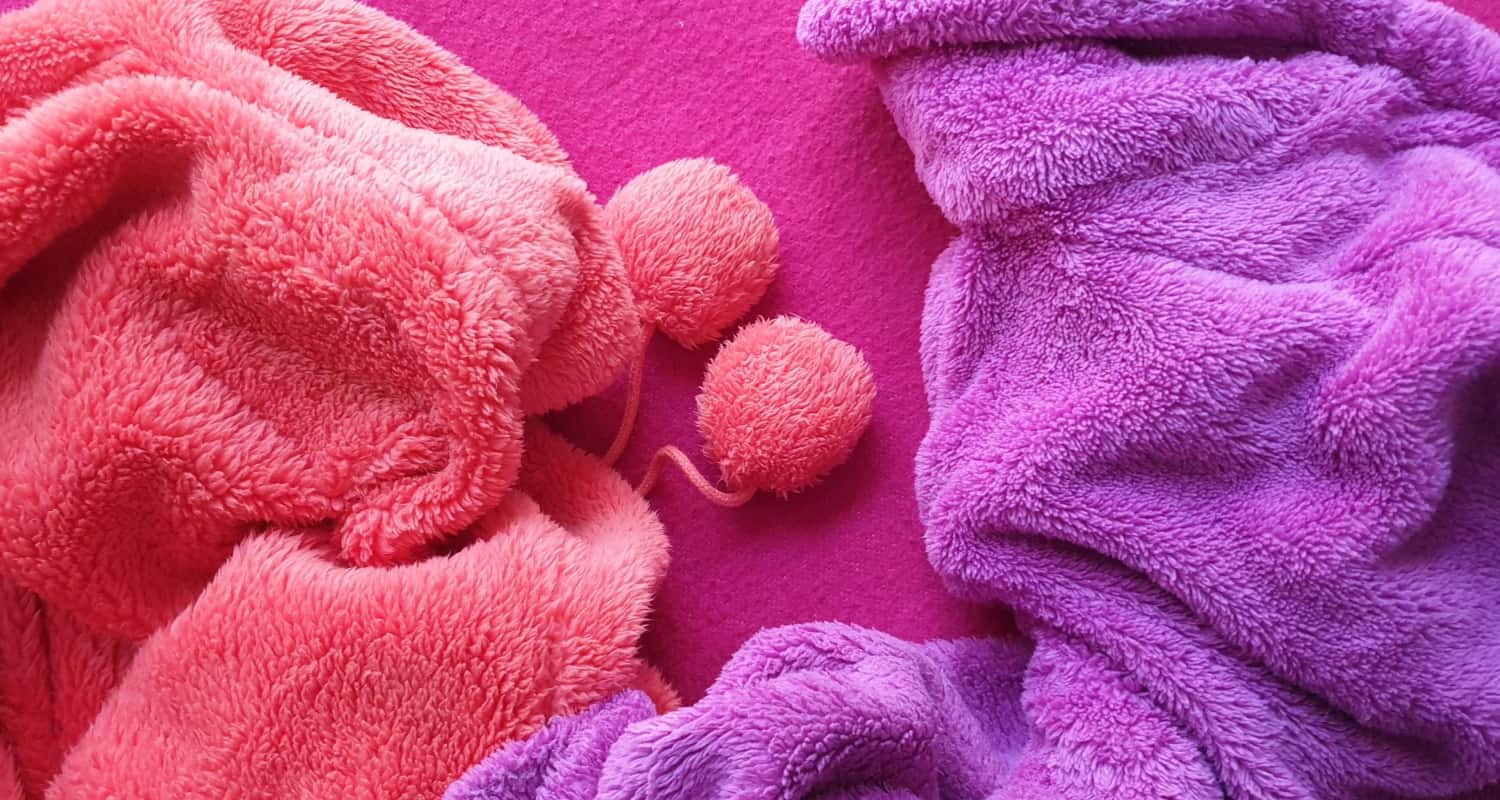
Warmth and Weight: It gives regular protection, making it ideal for blankets intended for cold environments or winter use. Regardless of its glow, fleece batting is lightweight and doesn’t add extreme mass to your blanket.
Shrinkage and Care: Fleece batting might encounter some shrinkage, so it’s wise to pre-wash it. Nonetheless, fleece has a memory impact, meaning it can recover its space even after washing.
Fleece batting is a phenomenal decision for quilts, particularly those implied for comfortable evenings throughout the cold weather months. It’s likewise reasonable for outerwear like coats and covers, as well concerning projects where you need a blanket with a warm, sumptuous feel.
See Also: How to Make Pants Waist Smaller Without Sewing: Simple Tricks
Bamboo Batting:
Bamboo batting is harmless to the ecosystem choice with likenesses to cotton batting.
Ecological Advantages: Bamboo develops rapidly and requires negligible water and pesticides, making it an eco-accommodating decision.
Likenesses with Cotton Batting:
- Bamboo batting imparts a few qualities to cotton batting, like non-abrasiveness and breathability.
- It gives an agreeable wrap to quilts, making it reasonable for different undertakings.
Bamboo batting is a brilliant decision for quilters who focus on maintainability and incline toward delicate, breathable batting with a characteristic appearance.
Fusible Batting:
Fusible batting is a helpful choice for simple and secure blanket layering.
Highlights and Usability: Fusible batting accompanies a fusible webbing or cement on one side.
Suggestions for Undertakings:
Fusible batting is especially helpful for little undertakings like tablecloths, placemats, and tapestries, where seasoning can be bulky. Likewise, a life hack for quilters leans toward a speedier, bother-free strategy for layering their blankets. 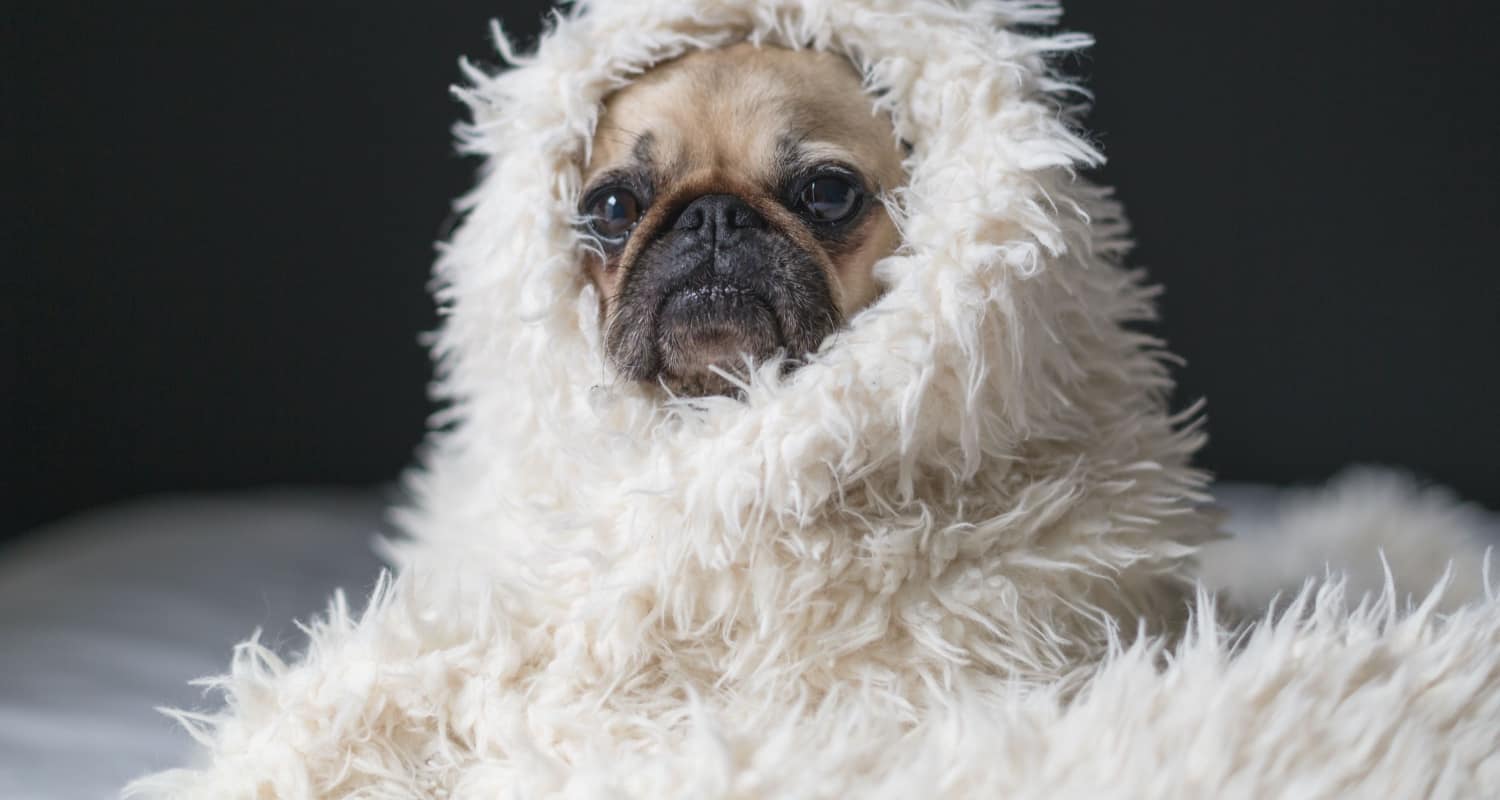
The batting you decide for your sewing undertaking should align with your ideal appearance, usefulness, and usability. Each batting has exceptional attributes and benefits, making it fundamental to consider your task’s prerequisites and inclinations while choosing the right batting for your blankets. Whether you select the customary look of cotton, the space of polyester, the glow of fleece, the eco-kind disposition of bamboo, or the comfort of fusible batting, your decision will fundamentally affect the ultimate result of your blanket.
Picking the Right Batting for Your Venture
Choosing the proper batting for your stitching project is essential to impact the ultimate result fundamentally. Here are a few critical variables to consider while picking the right batting:
Project Type:
The task you’re dealing with is fundamental in choosing batting. For instance, making a comfortable bed quilt might require warm and tough batting like fleece or a cotton mix. 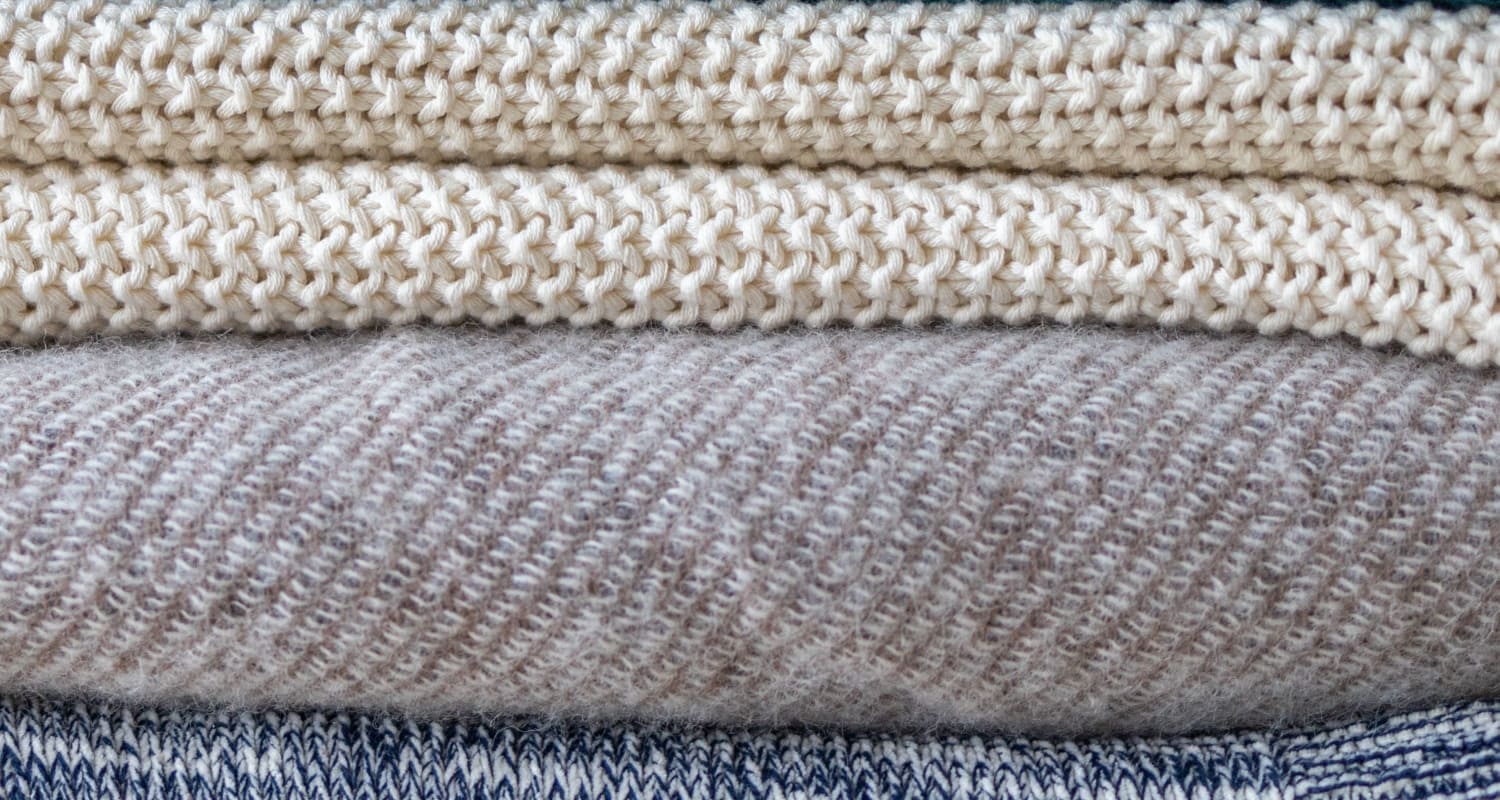 For lightweight decorative linen, polyester or bamboo batting might be more reasonable.
For lightweight decorative linen, polyester or bamboo batting might be more reasonable.
See Also: How to Thread Sewing Machine Needle: Step-by-Step Tutorial
Wanted Look:
Consider the appearance you need to accomplish. If you want a customary, rare look, 100 percent cotton batting is a brilliant decision. Polyester batting is an incredible choice for a cutting-edge and grand appearance.  Survey how the batting’s space and surface align with your plan vision.
Survey how the batting’s space and surface align with your plan vision.
Sewing Strategy:
Your favored knitting technique can likewise impact your batting decision. Some batting types are more appropriate for hand sewing, while others function admirably with machine knitting. Focus on the simplicity of sewing through the batting to guarantee a smooth knitting experience. 
Checking the maker’s suggestions for each sort of batting is fundamental. Makers frequently give rules regarding pre-washing, sewing distance, and care directions well-defined for their batting items. Sticking to these suggestions can assist you with accomplishing the best outcomes and protect the life span of your blanket. If you wanna know how to Set Up A Sewing Machine, Check out this.
FAQS
Presenting you with some FAQS on what batting is used for.
What is batting fabric?
Batting fabric, or batting, is a material between the quilt top and backing in quilting projects. It provides insulation, loft, and thickness to the quilt, contributing to its warmth and overall appearance.
What is batting in sewing?
In sewing, batting is a soft, cushion-like material used for various purposes, including quilting, padding, and insulation. It comes in multiple forms and materials and is inserted between layers of fabric to provide structure or softness, depending on the project's requirements.
Name some types of quilt batting.
Types of quilt batting include cotton, polyester, cotton blends (cotton-polyester mix), wool, bamboo, and fusible batting. Each class has unique characteristics, such as warmth, loft, or eco-friendliness, making them suitable for different quilting projects.
What is batting fabric used for?
Batting fabric is primarily used in quilting to provide insulation and loft to quilts. It adds warmth and a soft, puffy texture to the finished quilt. Beyond quilting, batting can be used for crafting, upholstery, making stuffed animals, and other sewing projects where padding or thickness is needed.
Conclusion
In conclusion,” What is batting in sewing?” is a versatile material that adds structure, softness, and insulation to various projects. Whether creating a cozy quilt, crafting stuffed toys, or adding comfort to home decor items, understanding the role of batting is essential for achieving the desired look and functionality in your sewing endeavors.
See Also: How Does A Sewing Machine Work? A Detailed Explanation


